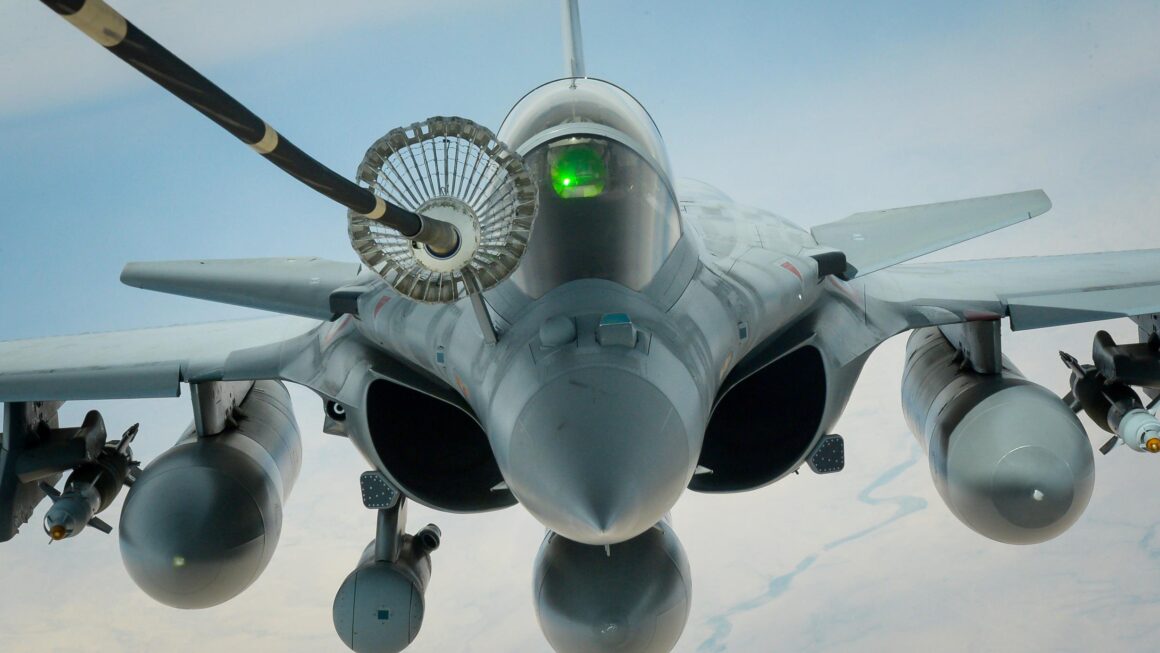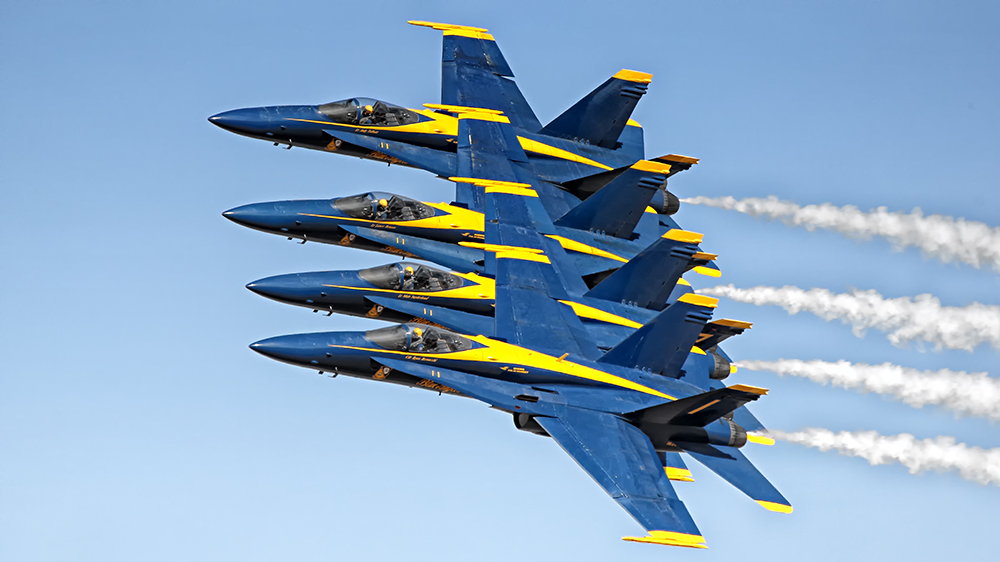The history of aviation is full of incredible innovations and fascinating designs, each one representing a unique leap towards a new frontier. One of the most innovative and unconventional aircraft designs from the late 20th century is the Williams X-Jet, a lightweight, single-passenger vertical takeoff and landing (VTOL) aircraft developed by Williams International.

Despite not reaching the mass market, the X-Jet has gained considerable attention for its unconventional design and potential applications.
History and Development
Firstly, it is essential to discuss the background and development of the Williams X-Jet, sometimes referred to as the “Flying Pulpit”.
Williams International, a company renowned for its small turbofan engines, took the concept of a personal VTOL aircraft from a mere sketch on paper to a flying prototype in the late 1970s.
The development of the X-Jet was spurred on by the US Army’s interest in small, manoeuvrable aircraft for use in a battlefield scenario.
The original design concept was for an aircraft that was not only capable of VTOL but could also be controlled with minimal training, a significant challenge given the complexity of VTOL flight dynamics.
The X-Jet made its first successful flight in 1982, showcasing its unique capabilities.
While it never entered full-scale production, the prototype made a significant impression, illustrating that a personal VTOL was more than just science fiction.
Innovative Design of the X-Jet
The Williams X-Jet was unlike any other aircraft at the time, both in terms of its appearance and flight mechanics.
The design consisted of a small, lightweight platform, with the pilot standing directly above the centrally-mounted Williams International WTS117 turbofan engine.
The pilot would control the X-Jet’s movements using a set of handlebars, similar to those of a motorcycle, attached to a set of thrust-vectoring vanes beneath the engine.

The X-Jet’s unique design allowed for impressive manoeuvrability, with the aircraft capable of hovering, travelling up to speeds of 60 mph, and flying to heights of up to 10,000 feet.
The X-Jet’s flight times, however, were relatively short due to its small size and the power-hungry nature of VTOL flight, generally limited to about 30-45 minutes.
Implications and Potential
While the X-Jet was never mass-produced, it remains an essential development in the field of personal aviation.
The craft provided a tantalizing glimpse into the possibilities of personal VTOL technology, influencing future designs and igniting imaginations worldwide.
The X-Jet demonstrated that a personal VTOL aircraft could be made relatively simple to control, breaking away from the highly complex control systems that typify traditional aircraft.
This development opened the door to broader use of VTOL technologies, from search and rescue to personal commuting, and even recreational use.
Even though the technology of the time wasn’t advanced enough to overcome some of the key challenges facing personal VTOL aircraft – such as battery life, noise pollution, and safety concerns – the X-Jet was, in many ways, a blueprint for the future.
The Legacy of the X-Jet
The X-Jet may not have had the commercial success that its designers may have hoped for, but its legacy lives on in the concept and development of personal flight devices.
As technology continues to improve and innovations in areas like electric propulsion and flight control systems continue to evolve, the dream of personal flight is getting closer to reality.

Today, companies across the globe are working to realize the dream of personal flight, inspired in no small part by the pioneering work done by Williams International with the X-Jet.
From jetpacks to passenger drones, these developments are slowly but surely bringing the concept of personal flight to the mainstream.
While it may not have taken off in the commercial sense, the Williams X-Jet remains a fascinating chapter in aviation history.
It was a daring attempt to redefine what an aircraft could be, representing a bold step forward in the pursuit of personal flight.
As such, it deserves its place in the annals of aviation history and the ongoing dialogue about the future of personal air travel.












